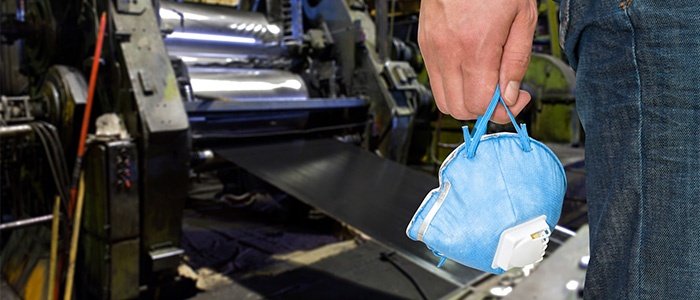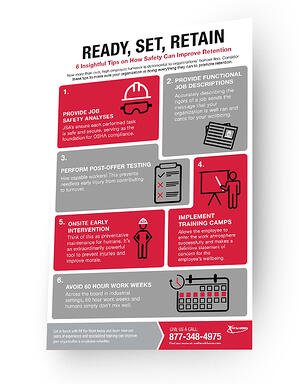OSHA recently published its Final Rule to Protect Workers from Beryllium Exposure. When assessing exposure, there are two key methods for determining whether further action is necessary. A performance option involves assessing the 8-hour Time Weighted Average (TWA) exposure and the 15-minute short-term exposure (STEL) for each employee on the basis of any combination of air monitoring data and objective data sufficient to accurately characterize airborne exposure to beryllium. A scheduled monitoring option involves performing initial monitoring to assess the 8-hour TWA exposure for each employee on the basis of one or more personal breathing zone air samples that reflect the airborne exposure of employees on each shift, each job classification, and in each work area. Beryllium Exposure Assessment Results The results from an assessment should fit into one of the following categories. INITIAL MONITORING RESULTS: If below the action level and at or below the STEL, the employer may discontinue monitoring for those employees. DISCONTINUE MONITORING: Below the Action Level = repeat such monitoring within six months of the most recent monitoring until two consecutive measurements, taken 7 or more days apart, are below the action level. At or Above Action Level but Below TWA PEL = repeat such monitoring within six months of the most recent monitoring. Above TWA PEL = repeat such monitoring within three months of the most recent 8-hour TWA exposure monitoring. Above the Short Term Exposure Limit (STEL) = repeat such monitoring within three months of the most recent short-term exposure monitoring until two consecutive measurements, taken 7 or more days apart, are below the STEL. 
Assessment Options for Beryllium Exposure





